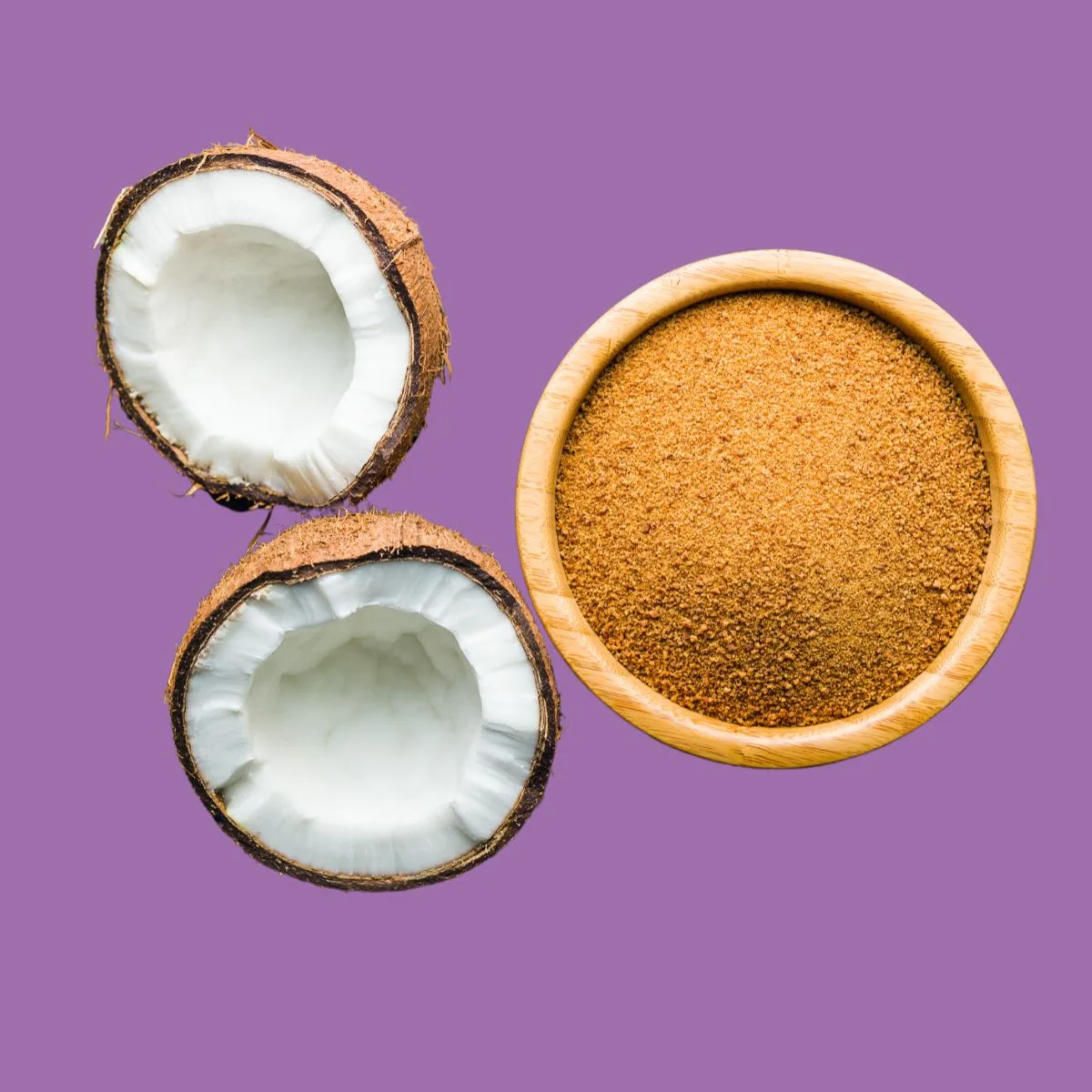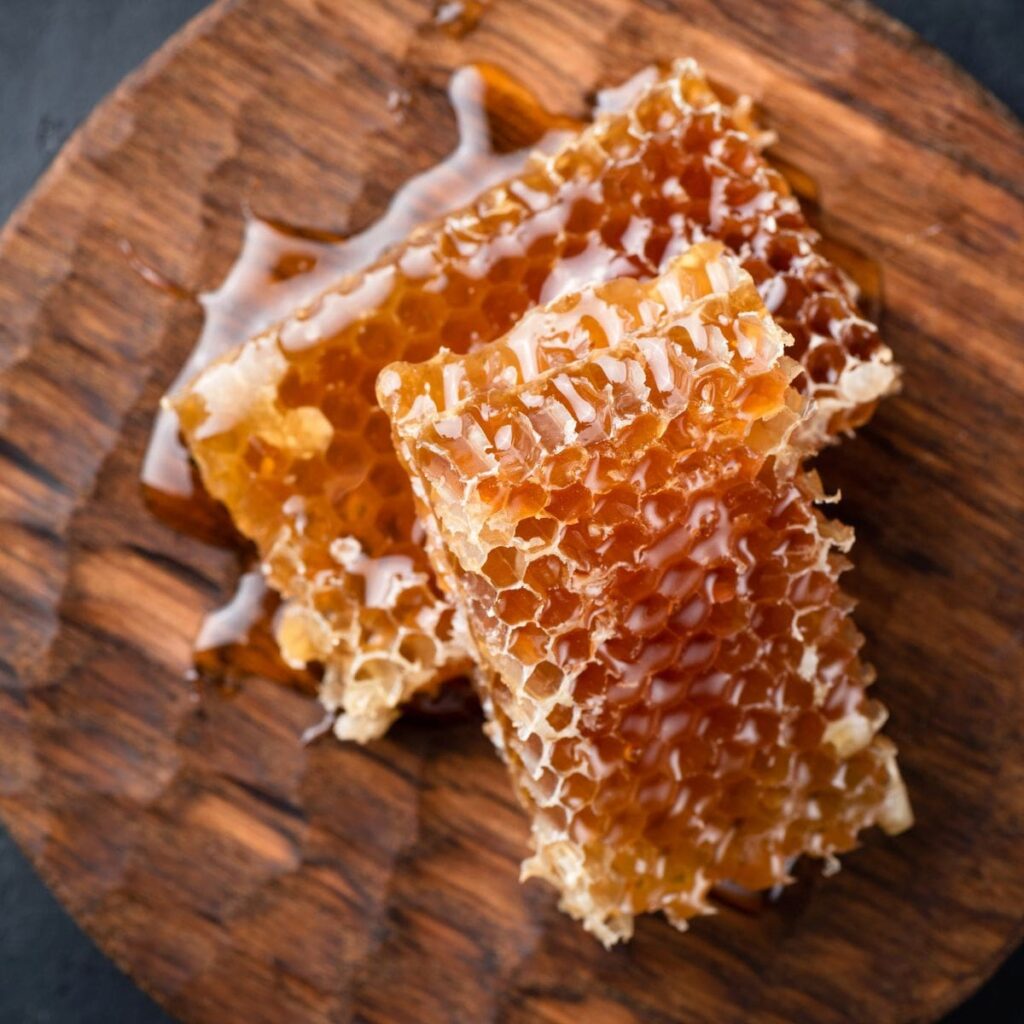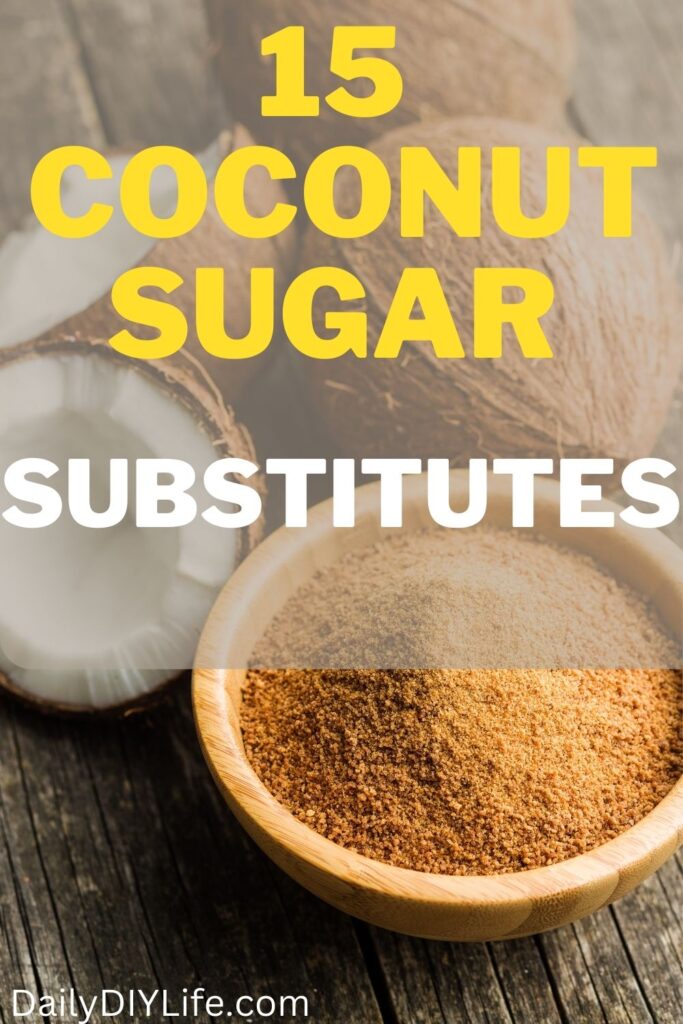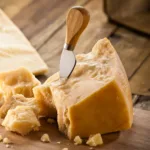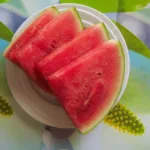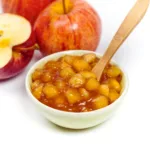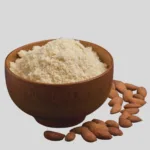A coconut sugar substitute can work in any recipe and achieve similar results. The ingredient is becoming more popular as healthy alternatives in diets are growing. Even so, not everyone stocks coconut sugar in their pantry. So if you don’t, no worries. We’ve got a substitute to help you out.
There are some excellent coconut sugar substitutes that you may already have in your pantry. Discovering the possible alternatives will help you create tasty treats without following the recipe to the T.
But before we get to the actual coconut sugar substitutes, let’s chat about the nutritional value of coconut sugar and what you should know when looking for a substitute.
Will a Coconut Sugar Substitute Change Nutritional Values?
Coconut sugar is often considered a healthier sugar to use in place of granulated sugar because of its plant-based origins.
One interesting thing to note is that coconut sugar doesn’t actually come from the coconuts itself, but from coconut palm tree sap.
Despite the idea that it is healthier than granulated white sugar, coconut sugar is similar in nutritional value. It retains vitamins and minerals like calcium, potassium, iron, and zinc, but only in small amounts.
With this revelation, most coconut sugar substitutes will not alter the nutrition of any recipes by much. It does, however, offer a slight caramel flavor that some coconut sugar alternatives lack. Finding the best alternative for baked goods means knowing possible substitutions and how to use them.
Best Coconut Sugar Substitutes
Determining which coconut sugar substitute to use in the recipe depends on many factors. It can be essential to consider what you’re making, how sweet you want it to be, or if there are any dietary restrictions. There are many possible substitutes for you to choose from.
1. Raw Honey
Raw honey is a yummy natural sweetener packed with antioxidants and nutrients. It is an excellent option if you’re looking for a coconut sugar substitute.
Although you could use honey instead of raw honey, the raw version is preferable. The difference between raw honey and regular honey is how much it’s processed.
- Raw honey is only strained before it is bottled and sold
- While regular honey undergoes a much more extensive process
Since it’s less processed, raw honey retains more of its nutritional value. A very sweet thing!
How to Use
Given the liquid consistency of honey vs. the dry coconut sugar, you’ll want to use less honey. For each cup of coconut sugar, replace it with ¼ cup of raw honey. Also be wary of other liquid ingredients in your recipe, as too much could make your baked goods too wet.
2. Sucanat
Sucanat is natural cane sugar that is unrefined and made from minimally processed sugar cane juice.
If you’ve never tried Sucanat, you’re missing out on some great flavor! This replacement ingredient comes in larger crystals with a molasses-like flavor. While it may take more time to dissolve Sucanat, the limited processing is ideal for many bakers.
How to Use
You can use Sucanat in place of coconut sugar equally. Given the size of the crystals and natural molasses, you can use a food processor to alter the consistency.
If you have the opportunity to use Sucanat as a coconut sugar substitute I highly recommend it, especially for baked goods such as chocolate chip cookies!
3. Palm Sugar
Palm sugar is often used interchangeably with coconut sugar. This is because coconut palm sugar is an alternative name for coconut sugar. However, palm sugar is made from a different kind of tree.
Date palm and sugar palm trees are commonly used to get palm sugar. While it is like coconut sugar, it typically comes in a paste or block form.
How to Use
Because of the form palm sugar comes in, you will have to grate blocks to get the same consistency as coconut sugar. When it is fully grated, you can use one cup of palm sugar to one cup of coconut sugar. You can also use paste in the same ratio.
4. Turbinado Sugar
A raw sugar called Turbinado is unfamiliar to many but can be used similarly to coconut sugar. It offers a mild caramel taste and looks like brown sugar.
Turbinado sugar comes in larger granules than coconut sugar. If you want, you can throw it in a food processor prior to adding it to your recipe, but it’s not a must. In short, it’s a great alternative to coconut sugar.
How to Use
Swap coconut sugar out for turbinado sugar cup for cup. This coconut sugar substitute is a tasty alternative to any treat! It’s personally one of my favorites.
5. Date Sugar
While it is called date sugar, it isn’t the consistency of most sugars. Date sugar looks and feels more like a powder. Because of the consistency of date sugar, it isn’t a good idea to use it in beverages or in caramel because it doesn’t actually melt.
How to Use
Using date sugar as a coconut sugar substitute is simple! When baking, you’ll use it in a 1:1 ratio. Don’t use it in a recipe that requires dissolving – it will clump.
6. Maple Sugar
Maple sugar can be used in many recipes for baking and cooking. It is made by taking sap from a maple tree and boiling it until the liquid leaves in steam. When all the liquid has gone, the remaining solid is maple sugar.
How to Use
Most recipes can use maple sugar in equal amounts of coconut sugar. If the recipe calls for one cup of coconut sugar, one cup of maple sugar is usually a good substitution. However, it is a good idea to consider the difference in taste.
If you’re looking for a lighter flavor, like coconut sugar, consider using ¾ cup for each cup called for in the recipe.
7. Maple Syrup
Maple syrup is a common sweetener and is often on hand in many pantries. Like maple sugar, it has a heavier flavor than coconut sugar. Despite this, it can be the perfect alternative when you’re in a pinch.
How to Use
Since pure maple syrup is a liquid sweetener, you should use less than the recipe calls for. When the recipe calls for one cup of coconut sugar, use only ¼ cup of maple syrup.
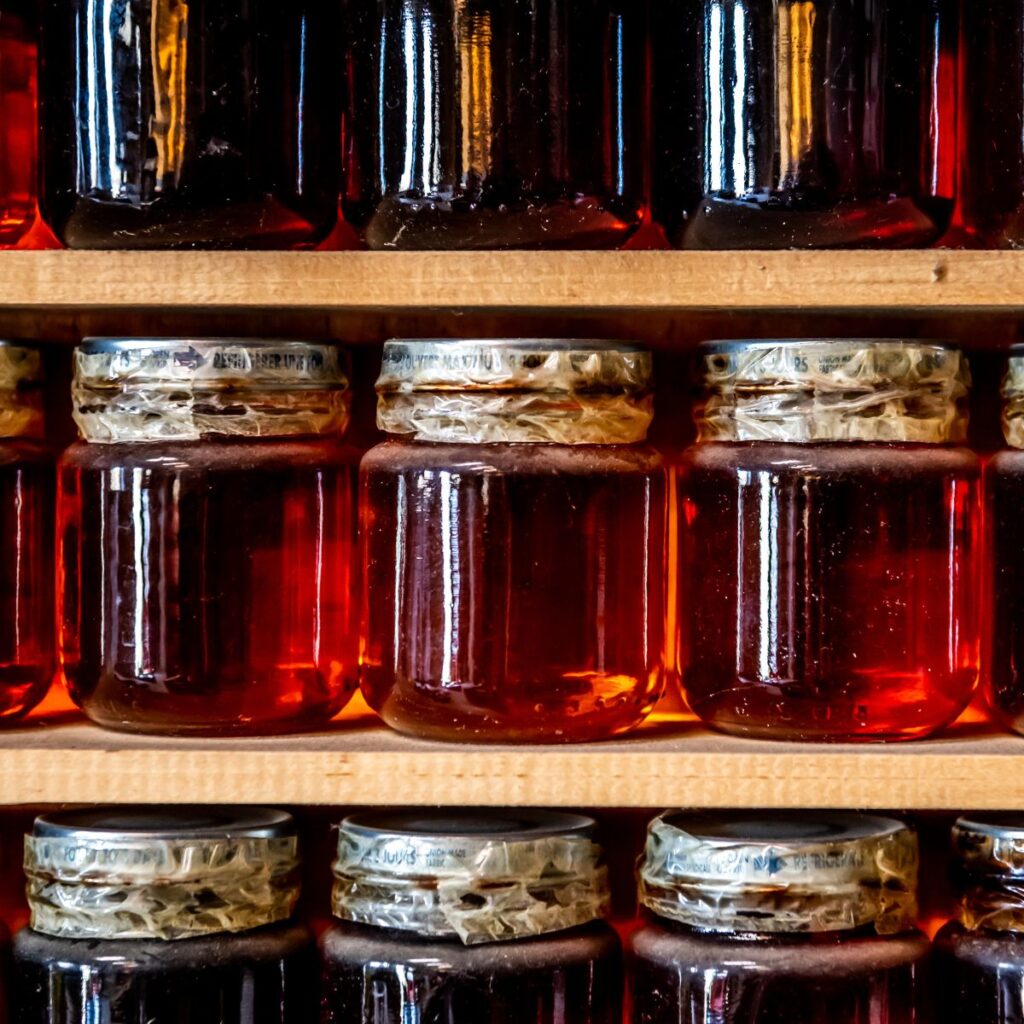
8. Brown Sugar (Light or Dark)
Brown sugar is possibly the best substitute for coconut sugar based on texture and taste. While light and dark brown sugar will work, light brown sugar has a closer taste. Dark brown sugar can introduce a different taste if you want to play with the flavor.
The difference between light and dark brown sugar is more than just color. Brown sugar is made by adding molasses to white granulated sugar. The difference between light and dark? You guessed it! It’s the amount of molasses added to the sugar.
With that being said, dark brown sugar will have a slightly deeper flavor than light brown sugar.
How to Use
When measuring out your brown sugar as a coconut sugar substitute, do not pack it. Instead, leave the brown sugar loose in the measuring cup and use a 1:1 ratio.
9. Swerve Brown Sugar
Swerve is a brown sugar brand commonly used on the Keto diet. Made from erythritol, it is non-glycemic and low in carbohydrates. Swerve brown sugar is a healthy option for those seeking something sweet on a strict diet. It’s also commonly used in recipes for diabetics.
How to Use
Swerve brown sugar can be used as a total replacement for coconut sugar in baking and cooking recipes. Be sure that you aren’t packing it when measuring to get the perfect measurement.
10. Stevia
Stevia is a favorite among non-traditional sweeteners. This coconut sugar substitute comes from the stevia plant. Despite its low glycemic index, it is much sweeter than other sugars and substitutes. You can buy Stevia in a liquid, stick, or granulated form.
How to Use
Manufacturers claim that Stevia can be used 1:1 as a substitute. However, given that the sweetness is far more than most other sugars, you may want to start with a smaller amount. Play with the measurement to achieve the level of desired sweetness. Making cookies? Taste the dough as you go and adjust as needed.
11. Agave Syrup
Some call it agave syrup, others call it agave nectar. They are both the same thing. It comes from an agave plant and can be used as a coconut sugar substitute. As an FYI, unlike some coconut sugar substitutes, agave syrup holds relatively no nutritional value but is sweeter than many alternative options.
How to Use
Many professionals disagree on the amount to use for a substitution. Some say ¼ cup of agave syrup per 1 cup of coconut sugar while others say as much as ¾ cup of agave syrup. You may want to taste it first to determine the level of sweetness for yourself before using it in a recipe.
12. Monk Fruit
With zero calories, monk fruit sweeteners are excellent coconut sugar substitutes. It has a sweeter taste than other sugars, including coconut sugar. Using monk fruit will result in similar results to the original recipe if you’re baking.
How to Use
Many monk fruit brands claim that a 1:1 ratio is appropriate in substitutions. Know that it is approximately 200 times sweeter than sugar. With that knowledge in mind, consider lessening your use to match your taste. As with stevia, we recommend tasting your recipe as you go.
13. Panela
Panela is an unrefined cane sugar often used in Central and Latin America. It is called Piloncillo in Mexico and Jaggery in Southeast Asia. This brown sugar comes in a brick and is a fantastic coconut sugar substitute in baked goods.
How to Use
Since panela comes in a solid form, it must be shaved or grated before use. You can then use it in a 1:1 ratio.
14. Regular White Granulated Sugar
Most people keep standard granulated sugar in their pantries. Afterall, it is a staple for bakers. While it can be used as a coconut sugar substitute, know that it is sweeter and without the same kind of flavor.
How to Use
You can use regular sugar 1:1 if you have a real sweet tooth. If you prefer the sugar to be the guest star of your baked goods, ¾ cup of white sugar for each requested cup of coconut sugar may be better.
15. Xylitol
Xylitol is a plant-based sugar alcohol commonly used as a low carb option. Although it is less common in the household pantry, you can buy it from several manufacturers. It is also essential to know that xylitol is dangerous for dogs, so keep this away from your pets.
How to Use
Like many other coconut sugar substitutes, xylitol is sweeter. Use your judgment for taste; otherwise, a 1:1 ratio is recommended.
The Best Coconut Sugar Substitute For You?
The best answer to this question is to use what you have in your pantry. Beyond that, take into consideration the following:
- Do you feel comfortable replacing a powder with a liquid?
- Are you looking to reduce calories in a recipe or looking to make a recipe keto?
- Are you looking for a 1:1 ratio for ease of use?
Asking yourself a few of these basic questions will help you narrow down your options and determine the best coconut sugar substitute for you.
More Recipe Substitute Info
13 Almond Meal Substitute Options
5 Beast Hoisin Sauce Substitutes
7 Best Dijon Mustard Substitutes and Alternatives
7 Xanthan Gum Substitutes
6 Substitutes for Red Wine Vinegar
Have questions or suggestions? Leave them in the comments below. Until next time: Stay salt, and sweet 😉

